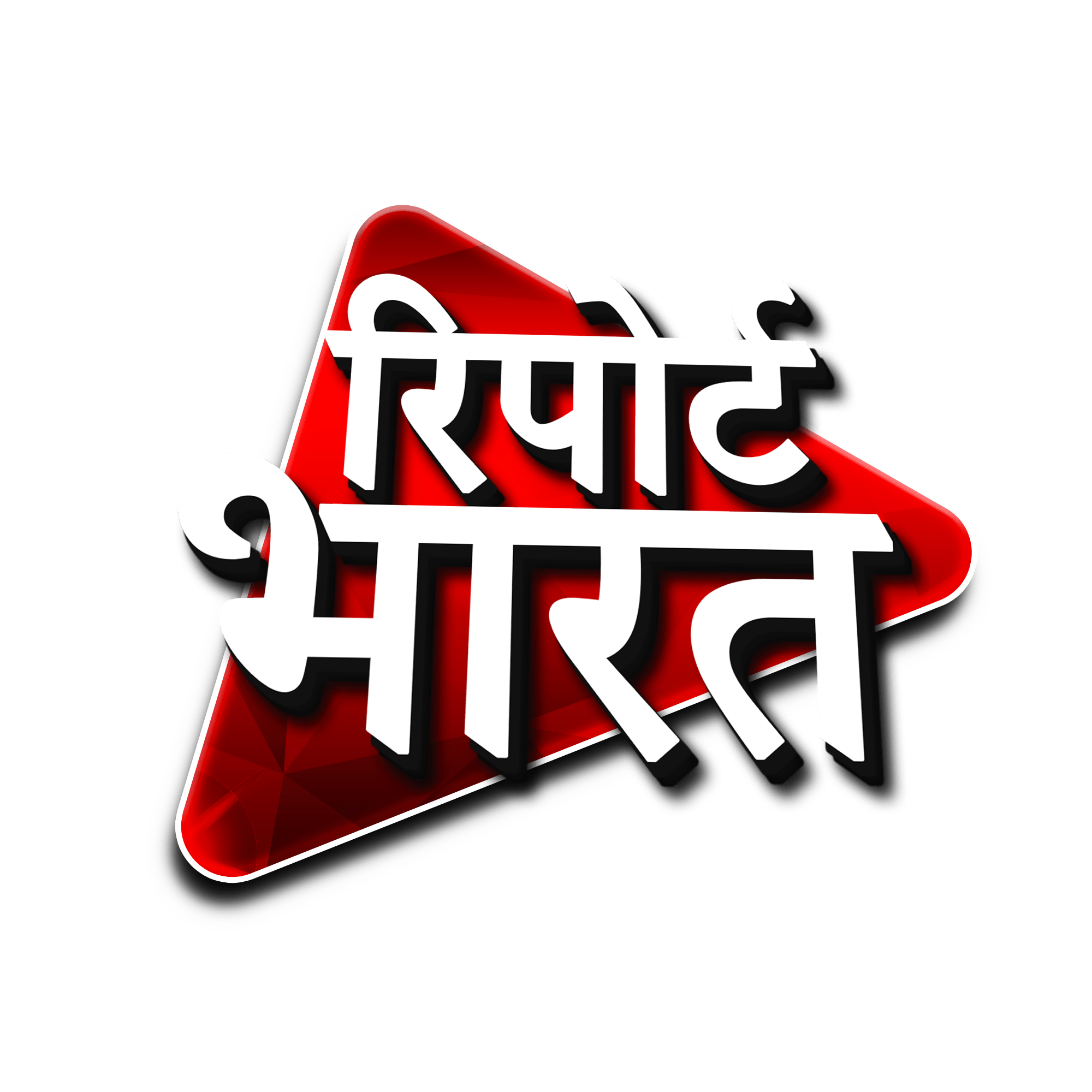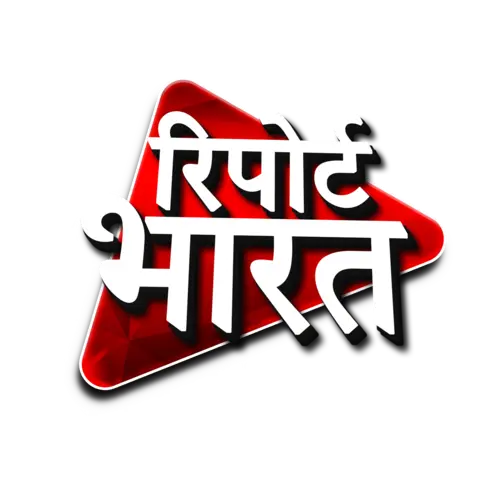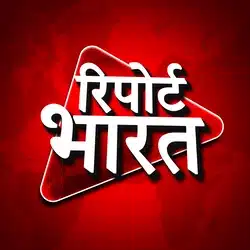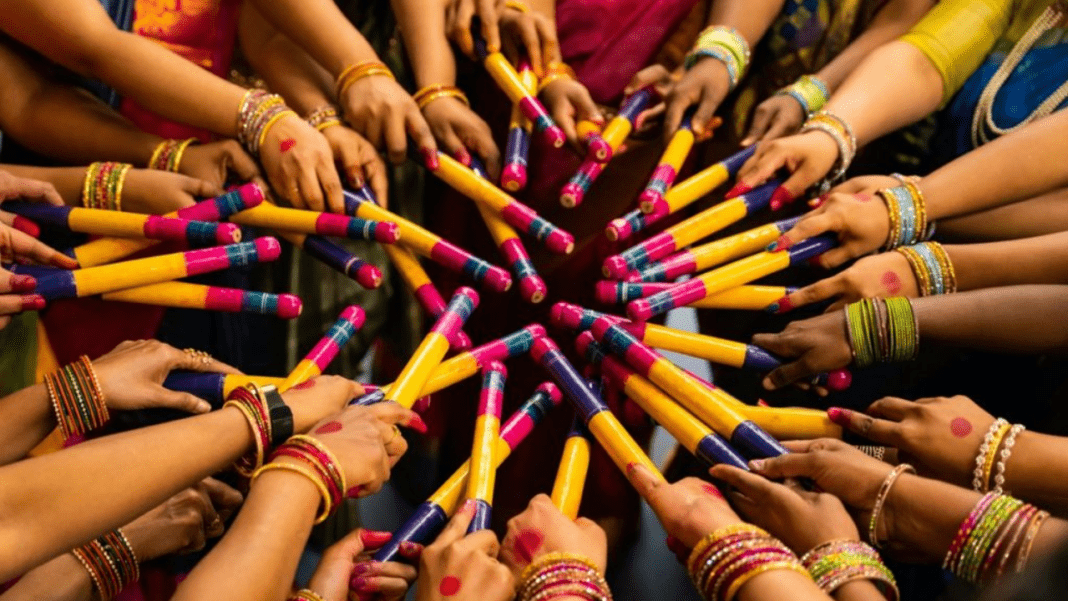Sharadiya Navratri has started from 3rd October. Navratri festival has a lot of recognition in Hinduism. In this, nine forms of mother are worshiped with rituals for the whole nine days. Today is the third day of Chandraghanta Navratri, the third form of Maa Durga. It is believed that worshiping the mother on this day brings peace and prosperity in the house.
Why is Garba and Dandiya played on Navratri?
Navratri is celebrated with great pomp in Hinduism. These days there is a different kind of hustle and bustle in the whole country. On Navratri, people worship the mother but also enjoy Garba and Dandiya to the fullest. Without these, the festival of Navratri remains incomplete.
Garba means “womb” or “inner lamp”. It is a symbol of worship of Goddess Shakti. During the nine days of Navratri, people light a lamp in an earthen pot which is called “Garbi”. This pot is known as the power and energy of Maa Durga and people dance Garba around it.
If we talk about why to play, then Garba means “womb” or “inner lamp”. It is a symbol of worship of Goddess Shakti. During the nine days of Navratri, people light a lamp in an earthen pot and consider it as the power and energy of Maa Durga and dance Garba around it. This round circle of Garba is considered a symbol of the continuous cycle of the universe, while this pot is called “Garbi”.
Garba dance is performed on popular songs sung in praise of Maa Durga. Garba is a traditional dance, its tradition is highest in Gujarat, but gradually Garba dance has become popular in every city and state. This dance shows the unwavering faith and belief of the devotees in Maa Durga.
At the same time, in Dandiya dance, all the people dance with each other using wooden sticks. This is a symbol of the battle between Goddess Durga and Mahishasura. In which these sticks are considered a symbol of Maa Durga’s sword, which destroys evil.





